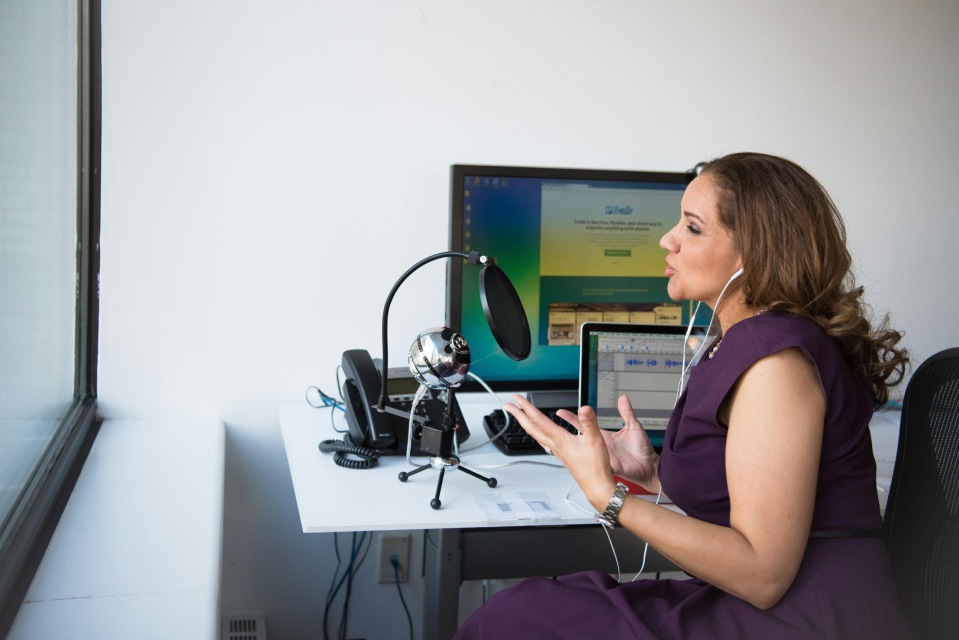Personalised long-term, one-to-one support is the common thread that’s needed to unify health and wellbeing programmes across all generations and to ensure employers avoid the pitfalls of stereotyping employees by age.
That’s according to RedArc, which says that long-term, one-to-one support should be integral to all employee benefits programmes and many employers are not making use of this type of added-value benefit that may already be available to them via their organisations’ insurances.
Forecasts are that by 2032, the number of over 65s in the workplace will treble to 3 million and with up to five different generations in today’s workplaces, ensuring the physical, emotional and financial wellbeing of staff is a challenge for any employer. Although many do try to tailor age-appropriate support, in doing so they run the risk of making assumptions about the needs of their staff.
Age-based assumptions
RedArc says it’s is all-too-easy for an employer to make assumptions about the issues that might affect employees e.g. musculoskeletal issues, impaired mobility, serious diseases, some social isolation and pensions for those born pre-1945; and mental health issues such as depression, anxiety, body-image concerns and debt for those part of generation Z.
This may be accurate for some but not for all, and runs the risk of the employer only making support available for the conditions that it has ring-fenced as being age-specific.
Whether staff are suffering with physical health problems, mental health issues, going through bereavement, trauma or are trying to support others going through these scenarios, a one-size-fits-all approach may work for some employees, but it’s important that employers have the ability to offer access to one-to-one tailored support too.
Christine Husbands, Managing Director, RedArc Nurses, said: “Despite the fact that the fragility of the human body does to some extent determine what wellbeing support is needed at different life stages, employers must be very careful not to make sweeping assumptions about the wellbeing needs of staff based on their age. Even when two employees of the same generation present with the same health problem, an identical solution may not suit them both and tailored support may be the only way to meet their needs.
Third-party support
RedArc points out that it is unrealistic to expect an employer to themselves directly deliver a range of solutions that will meet the needs of every single employee. However, employers can access tailored support either directly from a provider or more commonly via the added-value benefits inherent within insurances such as group protection and medical insurance. Many companies may already have access to the latter but are not using it to its full potential or communicating it well to staff
Such tailored support for the individual employee should include expertise to identify what would most help and might include mindfulness apps, financial education, eco-activities, or support for a specific illness. It can also include the back-up of one-to-one counselling and therapies, should extra support be required.
Husbands added: “Offering access to specialist nurses and in turn to counsellors, therapists, etc who understand an employee’s specific issues can make the difference between support working or not. Employees also tend to prefer the confidentially associated with using support that’s independent from their employer.
“True parity in wellbeing support is achieved not by offering the same solution across all age groups but having the ability to offer appropriately tailored support to achieve positive outcomes for all.”










